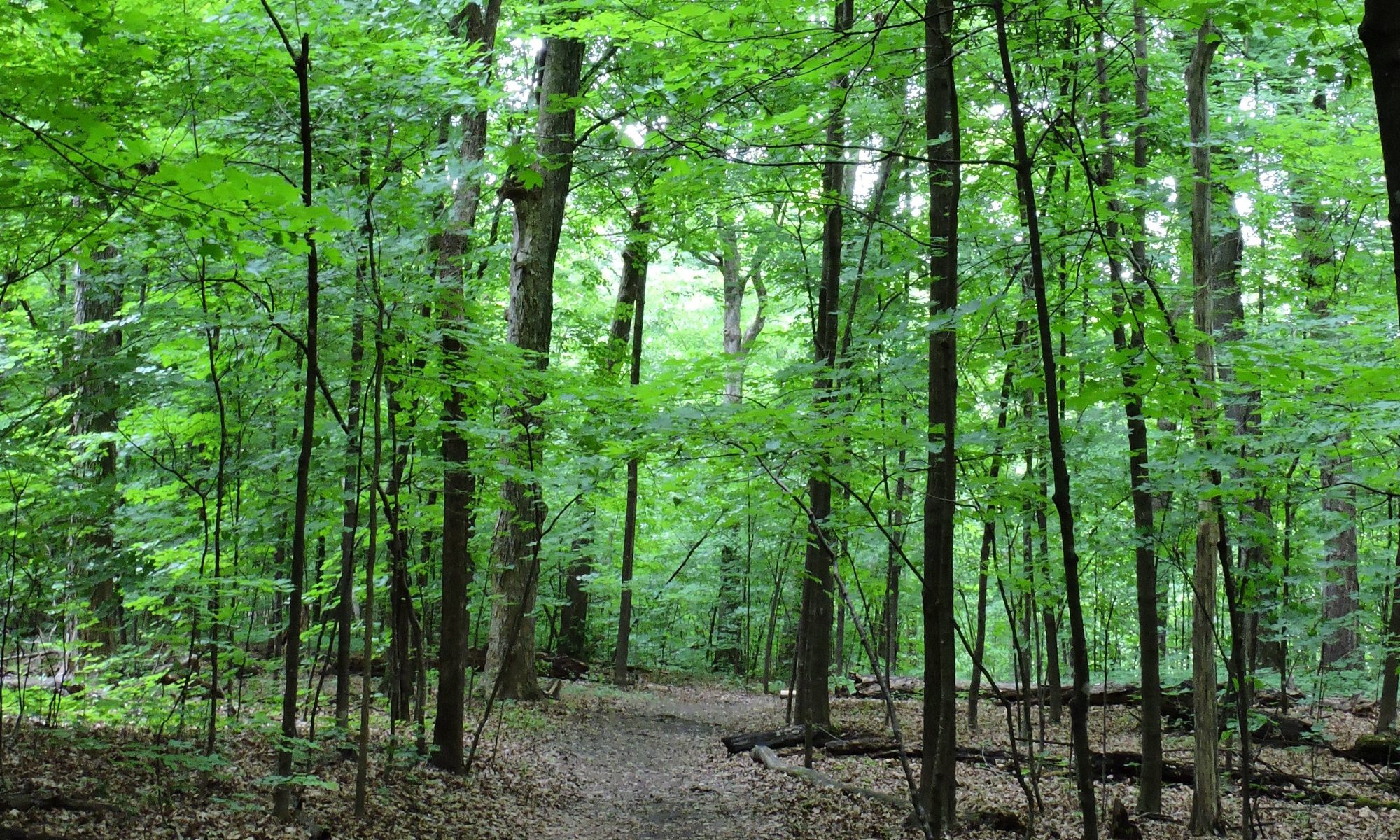 The owl in the photo above is one of the many owls I’ve banded since then. A team of 15 volunteers are now helping me, and together we manage two banding stations in Carver Park Reserve, just west of the Twin Cities. Since 2011 we’ve banded almost 600 owls. The species we focus on (pictured above) is the Northern Saw-whet Owl, the smallest owl in Minnesota, and a species of owl that is a well-known migrant. Many of the owls we’ve banded have been encountered by others afterwards, so we’ve gotten some very interesting information back concerning their movements. A couple of weeks ago we got word that an owl I’d banded in 2016 had been recaptured by a bander in Saskatchewan, which is the most westerly location any of our owls have travelled… that we are aware of!
The owl in the photo above is one of the many owls I’ve banded since then. A team of 15 volunteers are now helping me, and together we manage two banding stations in Carver Park Reserve, just west of the Twin Cities. Since 2011 we’ve banded almost 600 owls. The species we focus on (pictured above) is the Northern Saw-whet Owl, the smallest owl in Minnesota, and a species of owl that is a well-known migrant. Many of the owls we’ve banded have been encountered by others afterwards, so we’ve gotten some very interesting information back concerning their movements. A couple of weeks ago we got word that an owl I’d banded in 2016 had been recaptured by a bander in Saskatchewan, which is the most westerly location any of our owls have travelled… that we are aware of!
I will write more about our owl adventures in future posts, as we certainly have had some interesting, frightening, hilarious, beautiful, and generally wonderful experiences at the banding station! Sometimes hours go by with nothing to do but watch the march of stars across the night skies, and listen to the comings and goings of night creatures. Night can be such a magical time, and all of my crew loves being out in the woods under moonlight, even when we aren’t catching many owls!
I’ll write more posts about our adventures, as I mentioned, but for now I wanted to touch base to let you know where I’ve been. Getting ready for the fall banding season is fairly labor-intensive for me, so I’ve been focused on that and obviously neglecting my wandering ways! During the banding season, which lasts roughly six weeks or so, I try to commit to very little else. This is because we are out a good chunk of each night, and sleep becomes tough to get enough of, particularly for me and a couple of my volunteers who are out nearly every night. So please bear with me during this time! I will hopefully have some fun stories to share with you in the weeks ahead, as well as some photos of owls that, aside from being the subject of a fascinating scientific endeavor, are also some of the cutest critters you’ll ever see!
